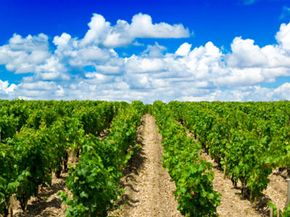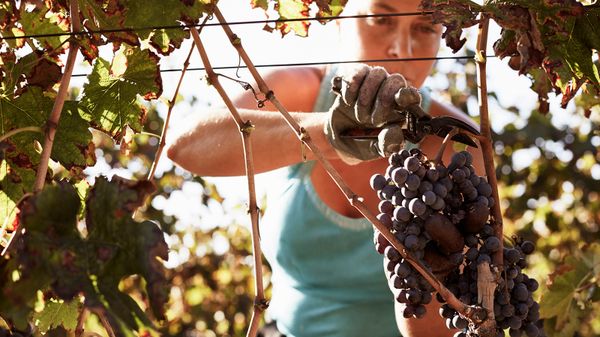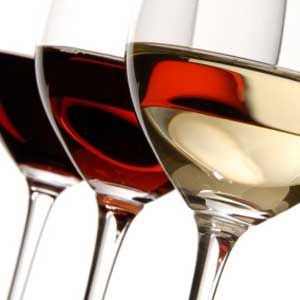Bordeaux -- to most people, the name itself simply stands for a type of wine. However, it's also a prominent French wine region. And, while you might think the region focuses on producing its namesake only, the wine production of the region is actually quite diverse. In fact, wineries within the Bordeaux region are capable of cultivating almost every variety of French wine in existence. This ability, along with the prominent commerce provided by the region's port and a nearly unparalleled history of winemaking, has made the Bordeaux wine region the force it is today.
Bordeaux's history is as rich and layered as you would expect from an old European area. From the times of prosperity -- such as the spread of Bordeaux wines during English rule -- to the trying times -- like the parade of diseases that struck after the 18th century -- viticulture has steadfastly stuck to the forefront as a source of revenue within the region's economy [source: the Wine Doctor].
Advertisement
Many geographical and agricultural factors brought about Bordeaux's dominant stance in French wine production. And most of them still play a part in Bordeaux's continued relevance in viticulture. The region contains several different areas that allow for diverse grape crops. Furthermore, the entire region has a climate tempered by the ocean. This allows the vines to grow year after year without the need for replanting. Other regions aren't as lucky -- when frost damage happens, crops must be replanted [source: the French Wine Guide]. Bordeaux's port also played a big part in the region's ability to make a name for itself outside its borders.
Many varying wines of the highest caliber originate in the Bordeaux region, and as a result, the Bordeaux region is known for quality wines without being limited to any one type. Although it is best known for its reds, Bordeaux produces many superb whites as well.
Advertisement



